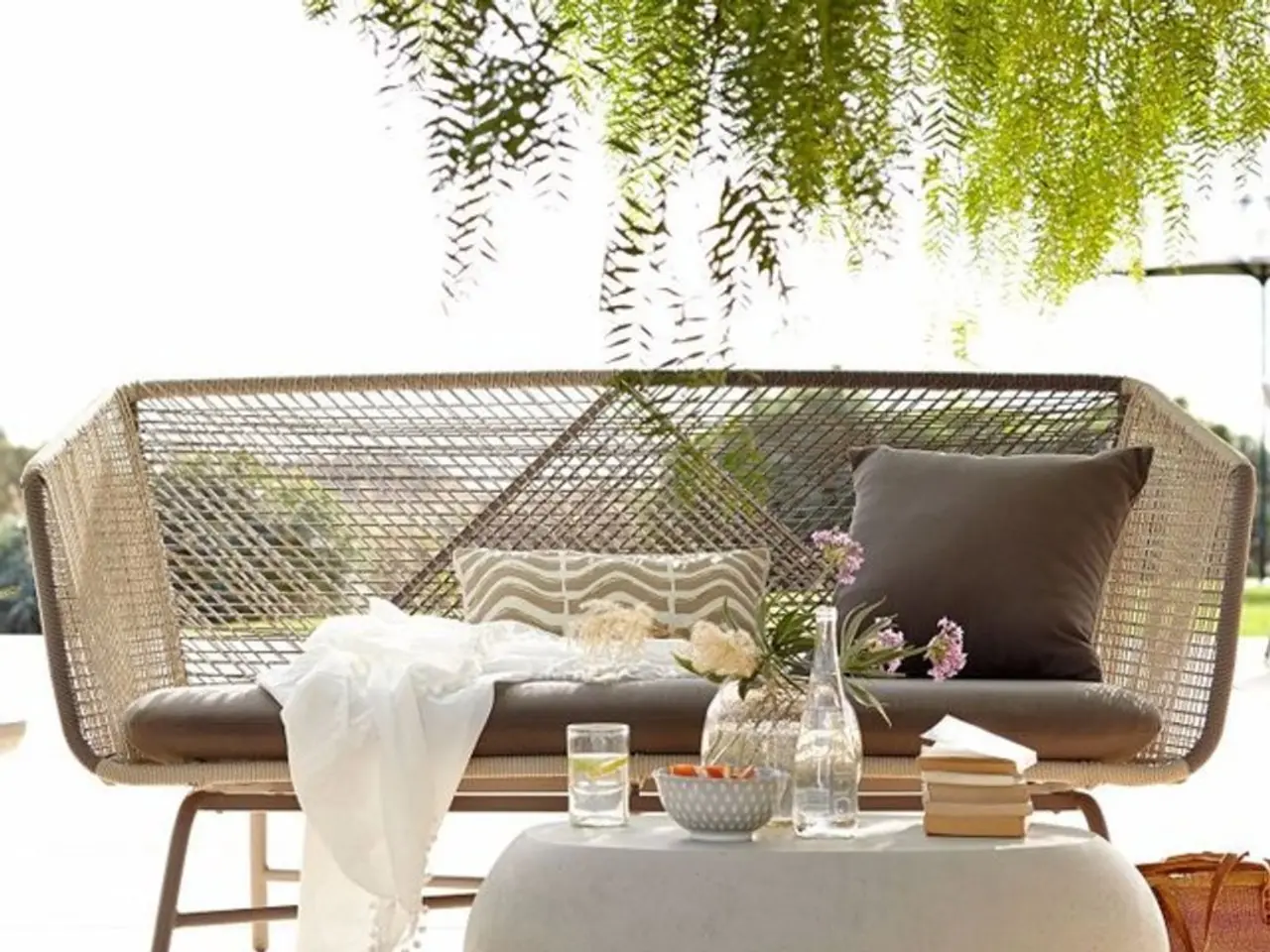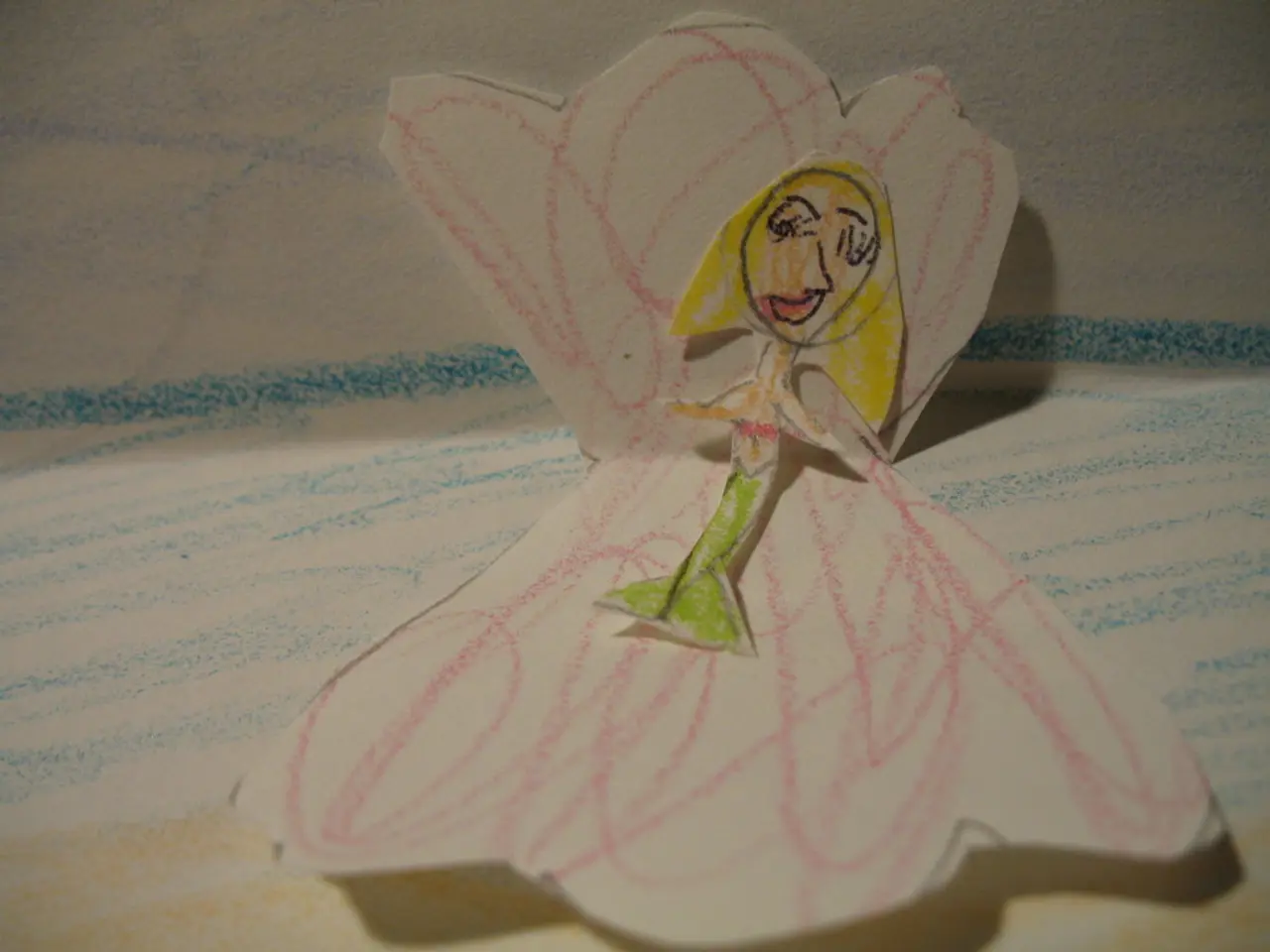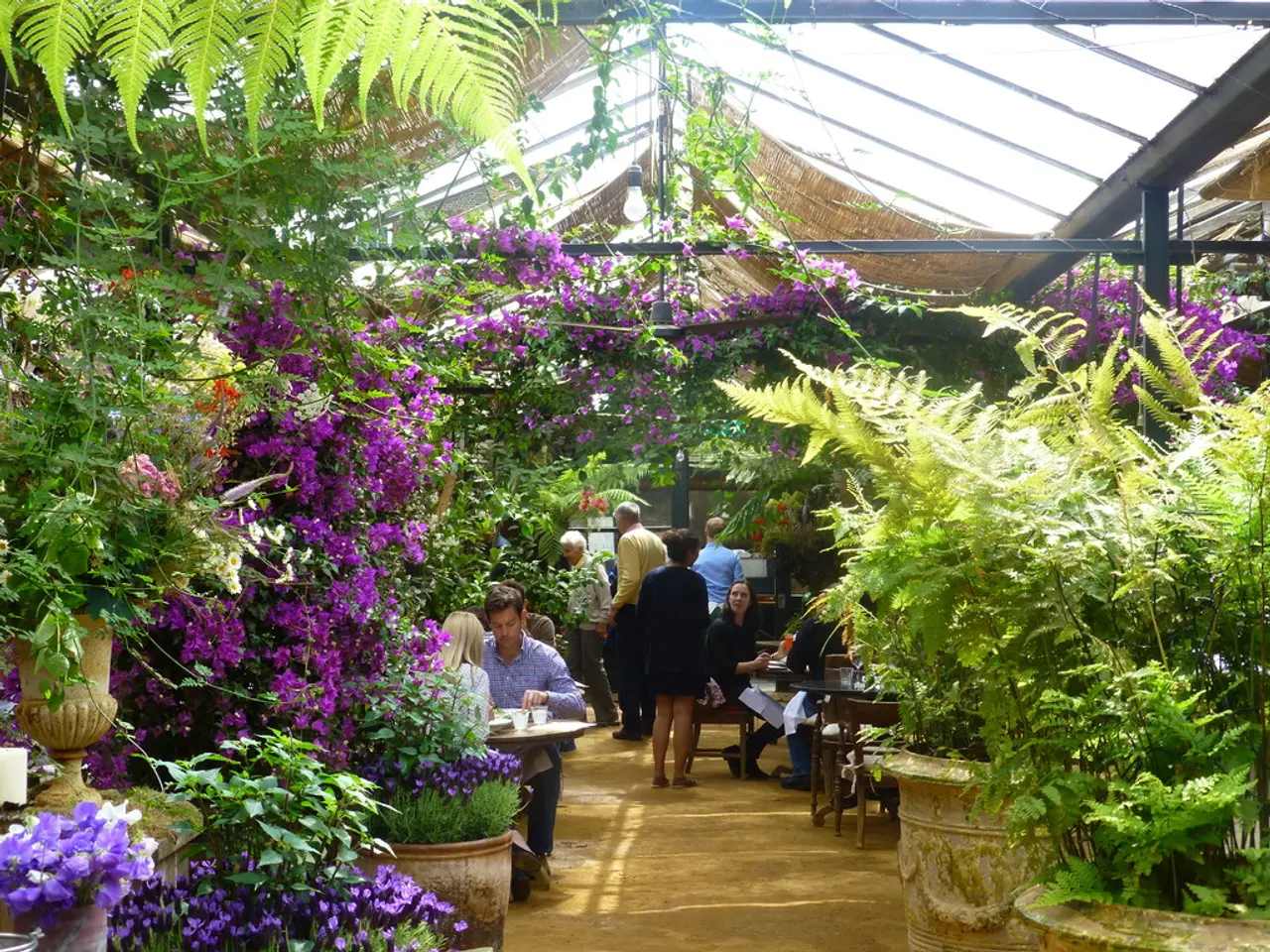Guide for Picking Out ideal Outdoor Items for Your Lawn
**Transforming Your Yard: A Guide to Sustainable, Stylish, and Comfortable Outdoor Spaces**
For many homeowners, the yard is more than just a garden—it's an extension of their living space, a place to unwind, entertain, and create lasting memories. By carefully planning and making thoughtful choices, your yard can become the perfect blend of comfort, sustainability, and personal style.
**Assessing Your Yard's Unique Needs**
The first step in creating your dream yard is understanding your outdoor environment. Start by evaluating your yard's specific conditions—soil quality, sunlight exposure, and drainage. Use soil testing kits to guide plant selection and fertilizer decisions, ensuring plants are suited to your environment and minimizing chemical use. Climate considerations, such as dry regions or high rainfall, should also influence landscaping practices.
**Selecting Sustainable, High-Quality Plants and Products**
Incorporate native plants and grasses adapted to your area. These species require less water, resist local pests, and support pollinators and wildlife. Consider low-maintenance alternatives like groundcovers or artificial turf in high-traffic or hard-to-maintain areas. Artificial grass can be a durable, water-saving option for small urban spaces, though its environmental impact (particularly durability and recyclability) should be weighed. Use permeable pavers, gravel, or recycled materials for paths and patios to manage stormwater, reduce runoff, and replenish groundwater.
**Investing in Quality, Long-Lasting Tools**
Purchase reliable, sharp mower blades, ergonomic pruners, and sturdy rakes. Quality tools last longer, perform better, and reduce frustration over time. Aeration tools and soil test kits are budget-friendly investments that promote healthy soil and grassroots. Focus on spot treatments for weeds and pests, using organic or targeted solutions to minimize chemical runoff.
**Incorporating Smart Technology**
Integrate technology into landscaping can offer tools that save water, prevent overwatering, and provide hands-free maintenance. Install weather-responsive irrigation controllers and soil moisture sensors to automate watering, reduce waste, and adapt to seasonal changes. Automated lighting and security features, such as solar-powered or low-voltage LED lighting and smart security systems, can enhance functionality while saving energy. Consider smart outdoor plugs, robotic mowers, or fountains for convenience and energy savings.
**Maintaining with Sustainable Practices**
Water wisely: water deeply but infrequently, preferably in the early morning, to encourage deep root growth and reduce evaporation. Apply organic mulch to retain moisture, suppress weeds, and improve soil health. Adjust mowing heights, watering schedules, and fertilization based on the season to support year-round health and resilience. Integrate features like rain gardens or bioswales to manage stormwater naturally, enhance biodiversity, and prevent erosion.
**Enhancing Aesthetics and Functionality**
Create areas with pollinator-friendly plants (e.g., milkweed, lavender) to support ecosystems while adding color and texture. Plant deciduous trees near west-facing windows for natural shade in summer and sunlight in winter, improving comfort and energy efficiency. Designate areas for recreation, relaxation, and wildlife, using hardscaping and planting to define spaces without sacrificing greenery.
**Seeking Expert Guidance and Local Incentives**
Consult local experts for a customized care plan, especially for complex or large yards, to ensure long-term sustainability and beauty. Check for rebates or incentives from local municipalities for turf removal, drip irrigation, or sustainable planting projects.
By combining these strategies—selecting the right plants and products, investing in durable tools, leveraging smart technology, and understanding your yard's unique needs—you can create a sustainable, functional, and visually pleasing outdoor space that thrives for years to come.
In the process of transforming your yard, consider incorporating a diverse selection of native plants and grasses for a sustainable, high-quality, and locally-adapted garden design that blends seamlessly with your home-and-garden and promotes a lifestyle of outdoor-living and sustainable-living. By carefully assessing your yard's unique needs, selecting low-maintenance alternatives like groundcovers or even artificial turf for specific areas, and investing in quality, long-lasting tools, you can create a yard that harmoniously combines comfort, sustainability, and personal style, contributing to a lifestyle of enjoyment and environmentally-friendly living.




